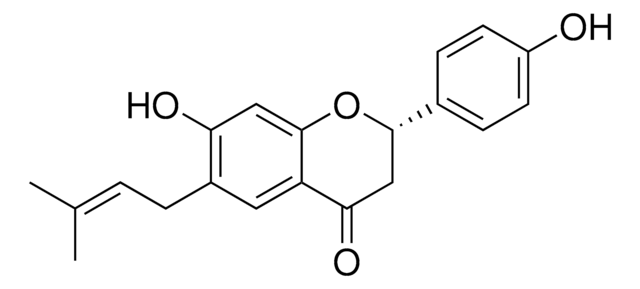275166
(+)-Sabinene
99%
Synonym(s):
(1R,5R)-1-Isopropyl-4-methylenebicyclo[3.1.0]hexane, (1R,5R)-4(10)-Thujene
About This Item
Recommended Products
assay
99%
bp
163-164 °C (lit.)
density
0.844 g/mL at 20 °C (lit.)
SMILES string
CC(C)[C@]12CCC(=C)[C@H]1C2
InChI
1S/C10H16/c1-7(2)10-5-4-8(3)9(10)6-10/h7,9H,3-6H2,1-2H3/t9-,10-/m1/s1
InChI key
NDVASEGYNIMXJL-NXEZZACHSA-N
Looking for similar products? Visit Product Comparison Guide
signalword
Warning
hcodes
pcodes
Hazard Classifications
Flam. Liq. 3
Storage Class
3 - Flammable liquids
wgk_germany
WGK 3
flash_point_f
96.8 °F - closed cup
flash_point_c
36 °C - closed cup
Choose from one of the most recent versions:
Certificates of Analysis (COA)
Don't see the Right Version?
If you require a particular version, you can look up a specific certificate by the Lot or Batch number.
Already Own This Product?
Find documentation for the products that you have recently purchased in the Document Library.
Customers Also Viewed
Our team of scientists has experience in all areas of research including Life Science, Material Science, Chemical Synthesis, Chromatography, Analytical and many others.
Contact Technical Service














